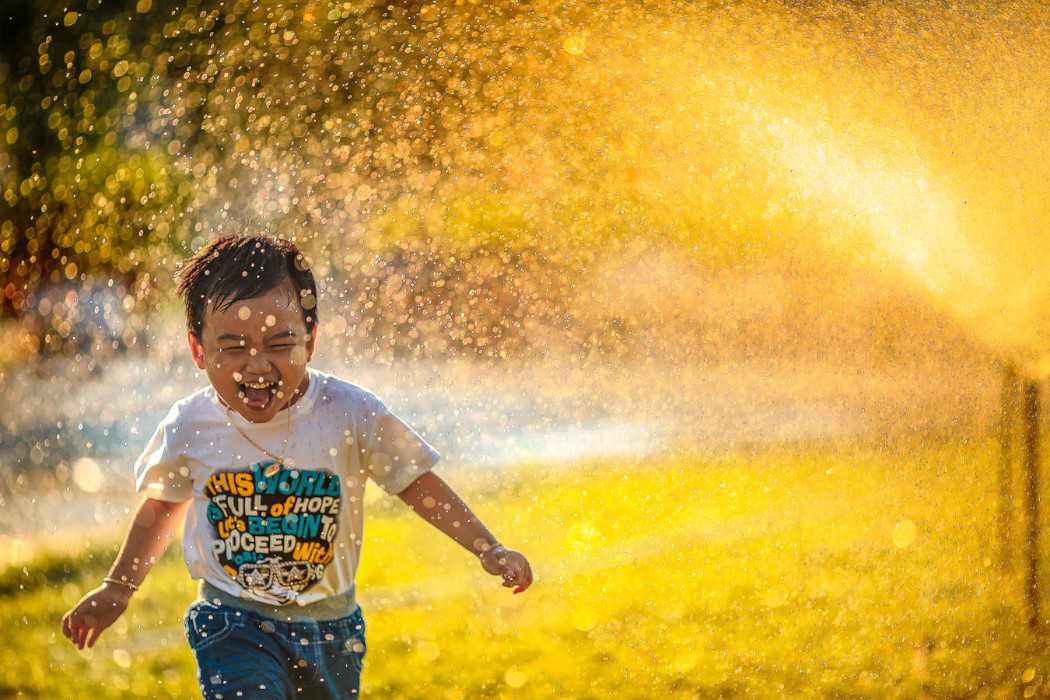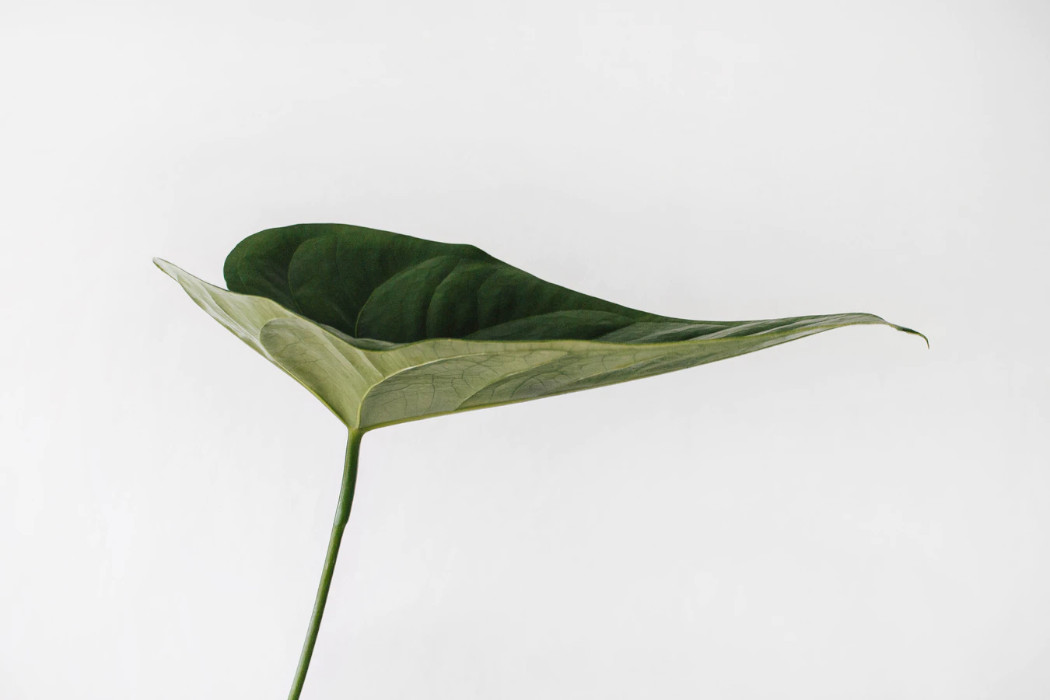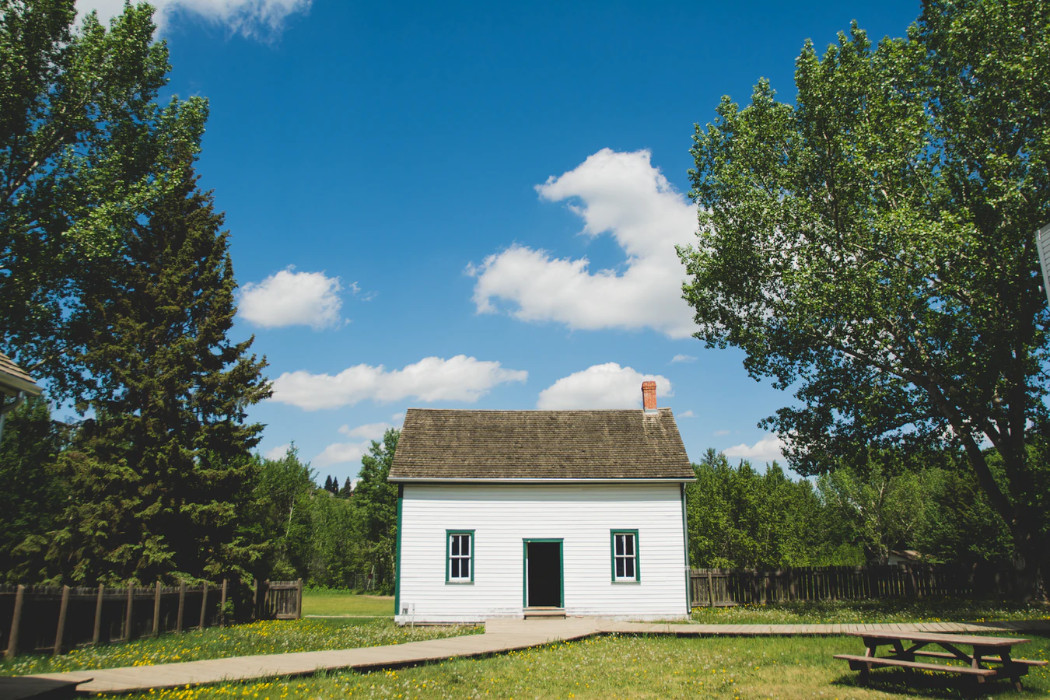In her celebrated essay, Can the Subaltern Speak? Gayatri Chakraborty Spivak points out the ability and inability of the subalterns to speak about their issues in their voices. Kamala Das’s poem is also the voice of the subaltern. Here the subaltern are the women, especially Indian women. Kamala Das becomes a spokesperson (well almost) for this suppressed gender that is women.
When Kamala Das sets out to (consciously or unconsciously) bring out the voice of the women in general, she instead of using the inclusive pronoun ‘we’ uses the singular ‘I’ which makes her attempt weak in the sense that instead of talking about or for everybody she talks about her personal experience. However, her experience can be regarded as a signifier of the experience of all women.
The poetess’s ignorance of politics shows the perceived general ignorance of women about politics. However, like any other educated women she knows those who rule the country. This ignorance is however a posture which negates the importance of politics in the lives of the women where a greater system of gender politics is at play. The names of the politicians are remembered as names of the months are which shows the futility of the nomenclature. Very early in the poem Das introduces herself as an Indian, who is very brown. A woman in India should not have a brown complexion which disqualifies her from the prospect of a good marriage since fairness is equated with beauty in our society. Women in India were not supposed to be educated and even if by mistake they must not write, and if they write thy must write in English. Kamala Das is educated, she is writing and that too in English. She has to face many problems because of this. She is criticized by critics, friends, and even cousins. This choice of language shows the rebellious voice of women who choose the path contrary to what the society has designed, Kamala Das refers her choice of her language to be natural to her as roaring to lions and cawing to crows.
Kamala Das here, is perhaps talking about the concept of ‘ecriture feminine’ developed by feminist criticism, where the feminists try to create a system of language that will suit a women writer. According to Helene Cixous, who coined the term, ‘ecriture feminine’ is a system of writing where the imaginary system of language is used rather than the symbolic. Both the terms are here used in reference to Jacques Lacan’s three orders- imaginary, symbolic and real. The imaginary stage is the pre linguistic stage of the human development where the restrictive norms of the language do not operate. Hence the women should debunk the way of male writing and adopt the female way of writing.
Kamala Das negates the taboo related to the description of a woman’s pubic hair and her sexual maturity and openly talks about these issues in the poem. Kamala Das also talks about the problem of marriage. The women in India are supposed to get married early otherwise they might be considered as either bad women or women with defect. Marrying at an early age creates a lot of problem for the young lady whose mind is not prepared for the responsibilities of neither family nor sexuality forced sexual relations destroy the body and the mind of the woman.
The bitter sexual experience of marriage made Kamala Das hate herself and her feminity. She thought that if she could change her gender or her appearance then she might not be subjected to further humiliations. This is the lowest point of Kamala Das’s personality which shows the amount of intense pressure on women. Even in these roles she is not acceptable. The society wants her to be a proper woman who wears sarees and ornaments and quarrels with her servants. This desire for identity on the part of the society comes from the threat that a truant woman poses to the established order of the society.
Kamala Das also points out the basic desire of all women (incidentally of all human beings) – love, which leads them into many betrayals making them vulnerable to either patriarchal restrictive-protectivism or a life of constant threat of unrootedness. Thus we see how in the poem the poetess writes almost about all the maladies that plague the women in our society and the protest and resistance is there in the very description of the problems.
Some online learning platforms provide certifications, while others are designed to simply grow your skills in your personal and professional life. Including Masterclass and Coursera, here are our recommendations for the best online learning platforms you can sign up for today.
The 7 Best Online Learning Platforms of 2022
- Best Overall: Coursera
- Best for Niche Topics: Udemy
- Best for Creative Fields: Skillshare
- Best for Celebrity Lessons: MasterClass
- Best for STEM: EdX
- Best for Career Building: Udacity
- Best for Data Learning: Pluralsight

















It would be really great for your experience as well as for students if you were to do youtube videos explaining the texts which are a syllabus of D.U. English(Hons.)
By using “I”she does not fail at any level.She uses it to emphasize on the issue of equality and her existence in a male dominant society ,as a woman.She wants to get rid of the pre-occupied notions.THAT’S IT.
“However, her experience can be regarded as a signifier of the experience of all women.”
may b u missed this part
Here is another explanation of An Introduction
http://www.littlehelpz.com/2017/05/an-introduction-poem-by-kamala-das.html